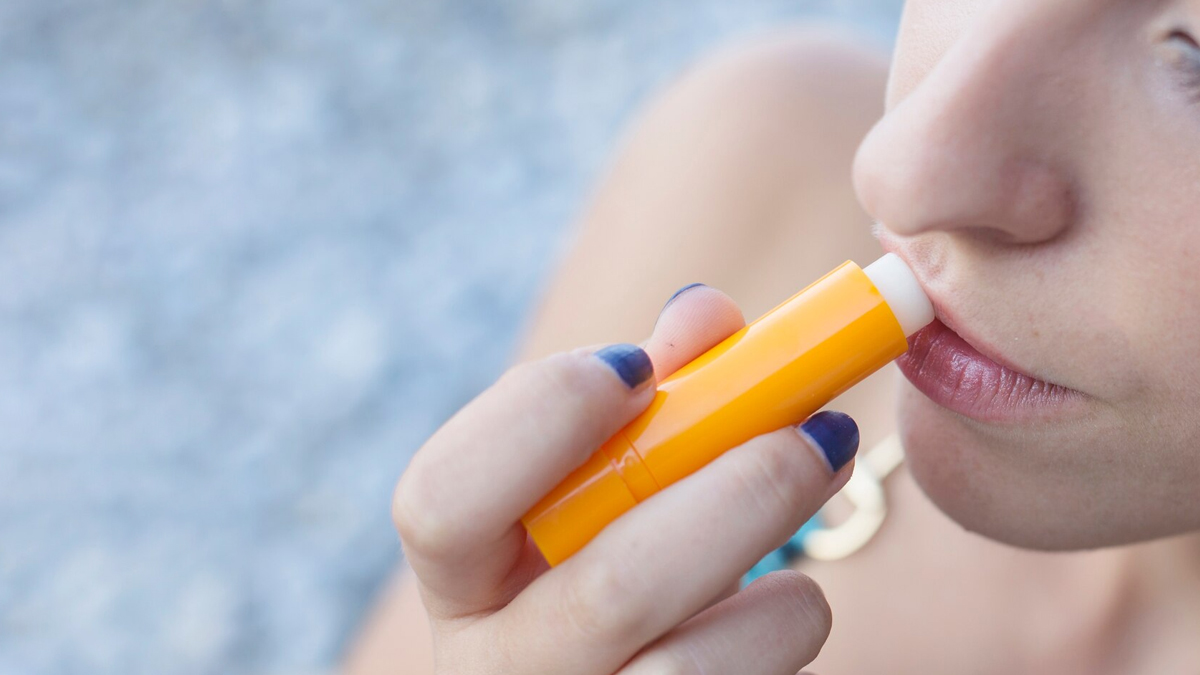
Have you ever had the feeling that your lip balm is both your best friend and worst habit? You use it once, and before you know it, you're applying it every hour, desperately trying to ward off that dryness. What begins as self-care begins to feel increasingly like a trap. This lip balm dependence cycle can turn into a frustrating cycle of never-ending dryness.
Table of Content:-
What is the Lip Balm Dependence Cycle?

The dependence cycle is the sensation that your lips dry out the more you put on lip balm. It’s not exactly that your lips are 'addicted,' but rather that some ingredients in lip balms can make things worse over time.
Here’s how the cycle works:
- Your lips are dry, so you use balm.
- The balm feels good temporarily.
- But when it wears off, your lips are drier than ever, and you need to reapply.
- Rinse and repeat.
The constant reapplying has the effect of making your lips rely on the balm for hydration instead of maintaining their natural moisture.
Also Read: Lip Masks vs Lip Balms: Which One Actually Heals Chapped Lips?
Why Do Lips Get Dry So Easily?
As opposed to the rest of your skin, your lips do not have oil glands. This makes them vulnerable to drying out and becoming cracked when it is hot, cold, or windy outside.
Also, behaviors like licking your lips, not staying well-hydrated with water, or mouth-breathing can add to the problem.
What’s in Your Lip Balm Matters
Some lip balms have ingredients that feel comforting in the moment but irritate your lips or dry them out further. Watch out for:
- Fragrances and flavours: Peppermint, menthol, or cinnamon can be irritating
- Salicylic acid or camphor: Frequently included for a stinging sensation, but they remove natural oils
- Alcohols: Can dry the lips
- Lanolin or beeswax: Safe for some, but can be an allergen for others.
According to a 2024 study, repeated use of lip products containing these ingredients causes a type of contact dermatitis, which exacerbates the dryness you're attempting to correct.
Breaking the Cycle (Without Giving Up Balm)
You don't have to give up lip balm, but changing to the proper type and applying it strategically can make a difference:
Choose a balm with the right ingredients.
Look for:
- Occlusives, such as petrolatum, shea butter, or ceramides trap in moisture
- Humectants, such as hyaluronic acid or glycerin pull water into the skin
- Fragrance-free, dye-free, and hypoallergenic varieties to minimise irritation
- Limit how often you apply.
Stick to applying balm:
- After brushing your teeth
- After eating (to prevent food-related irritation)
- Before going outside in harsh weather
- Before bed
This helps retrain your lips to restore their moisture balance.
- Gently exfoliate: Dead skin cells may clog the hydration process. Use a soft toothbrush or a mild sugar scrub once a week, not daily to keep lips smooth without damaging them.
- Stay hydrated: It sounds basic, but dehydration shows up on your lips fast. Keep sipping water throughout the day.
Also Read: Keep Your Lips Soft: Here Is How You Can Make DIY Lip Balms With Healing Ingredients At Home
When to See a Dermatologist
If your lips crack, peel, and bleed consistently even when you've switched up your balm and routines, you may be dealing with:
- Contact dermatitis
- Cheilitis (inflammation of the lips)
- Allergic reactions
[Disclaimer: This article contains information for informational purposes only. Hence, we advise you to consult your professional if you are dealing with any health issue to avoid complications.]
Also watch this video
How we keep this article up to date:
We work with experts and keep a close eye on the latest in health and wellness. Whenever there is a new research or helpful information, we update our articles with accurate and useful advice.
Current Version
